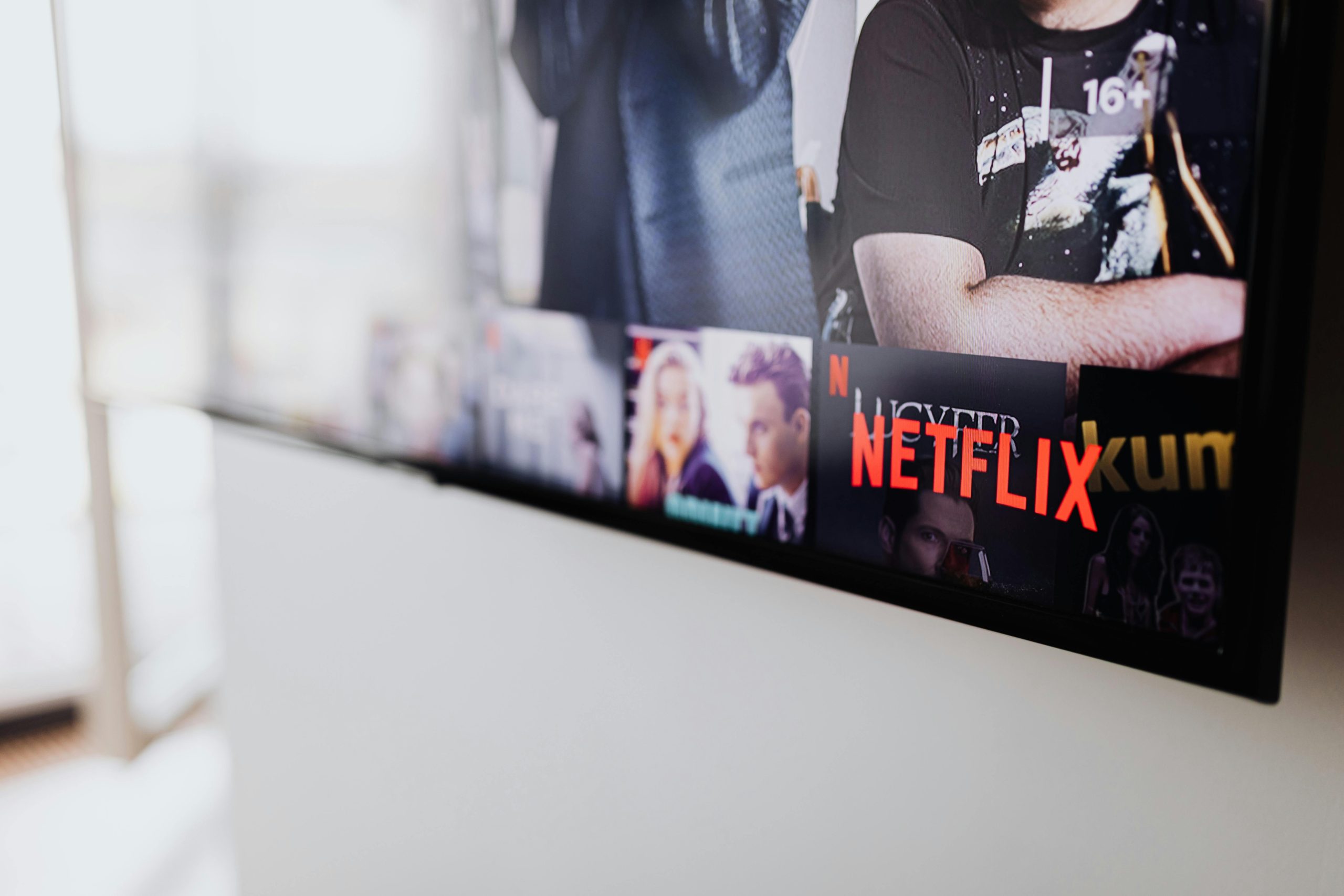Gone are the days when families gathered around the television at a set time to watch their favorite shows. The rise of streaming platforms has fundamentally transformed how we consume entertainment, reshaping the TV industry in ways no one could have predicted a decade ago. From on-demand content to original programming, streaming services like Netflix, Disney+, and Amazon Prime Video have revolutionized the viewing experience, making traditional cable TV seem outdated. This shift isn’t just about convenience—it’s a complete overhaul of the entertainment ecosystem.
The Decline of Traditional Cable TV
For decades, cable TV dominated the entertainment landscape, offering a curated selection of channels for a monthly fee. However, the rise of streaming platforms has led to a phenomenon known as “cord-cutting,” where viewers abandon traditional cable subscriptions in favor of more flexible, on-demand alternatives. Here’s why:
- Cost Efficiency: Cable subscriptions often come with hefty fees and long-term contracts, while streaming services offer affordable, no-commitment plans.
- On-Demand Viewing: Unlike cable, streaming platforms allow users to watch content anytime, anywhere, without being tied to a broadcast schedule.
- Personalization: Algorithms recommend shows based on viewing habits, creating a tailored experience that cable TV can’t match.
As a result, cable providers are struggling to retain subscribers, with many shifting their focus to developing their own streaming platforms to stay relevant.
The Surge of Original Content
One of the most significant ways streaming platforms are changing the TV landscape is through their investment in original content. Unlike traditional networks, which rely on pilots and ratings to greenlight shows, streaming services use data analytics to identify niche audiences and produce content tailored to them. This has led to critically acclaimed series like Stranger Things, The Crown, and The Mandalorian.
Key advantages of streaming originals include:
- Creative Freedom: Without the constraints of network censorship or time slots, creators have more artistic control.
- Global Reach: Shows can be released worldwide simultaneously, breaking geographical barriers.
- Binge-Watching Culture: Full-season drops encourage binge-watching, changing how stories are structured and consumed.
This shift has also intensified competition, with platforms spending billions to secure exclusive content and attract subscribers.
The Impact on Advertising
Traditional TV relied heavily on advertising revenue, with commercials interrupting shows at regular intervals. Streaming platforms, however, have disrupted this model in two distinct ways:
Ad-Free Subscriptions
Many premium streaming services, like Netflix and Apple TV+, offer ad-free experiences as a selling point. Viewers are willing to pay a higher subscription fee to avoid interruptions, forcing advertisers to rethink their strategies.
Ad-Supported Tiers
On the other hand, platforms like Hulu and Peacock provide lower-cost, ad-supported options. This hybrid model blends traditional advertising with modern streaming, offering a compromise for budget-conscious consumers.
As a result, the advertising industry is pivoting toward targeted, data-driven ads that leverage user behavior, making commercials more relevant—and less intrusive—than ever before.
The Future of Live TV and Sports
Live TV and sports were once the last strongholds of traditional broadcasting, but even they are being reshaped by streaming. Services like YouTube TV, ESPN+, and DAZN are offering live sports packages without the need for a cable subscription. Here’s how streaming is changing the game:
- Flexibility: Viewers can watch live events on multiple devices, pause, rewind, or even watch later.
- Exclusive Streaming Rights: Major leagues are partnering with platforms to air games exclusively, bypassing traditional networks.
- Interactive Features: Some services offer real-time stats, multi-angle views, and social media integration.
As internet speeds improve and 5G becomes widespread, live streaming will only grow, further eroding cable’s dominance.
Challenges and Concerns
While streaming has brought undeniable benefits, it’s not without its challenges. The rapid growth of the industry has led to:
- Subscription Fatigue: With so many platforms competing for attention, consumers are overwhelmed by the number of subscriptions required to access all desired content.
- Content Fragmentation: Shows and movies are spread across multiple services, making it harder for viewers to find what they want without paying for several subscriptions.
- Quality vs. Quantity: The pressure to produce vast amounts of content quickly can sometimes lead to a decline in quality.
Despite these issues, the convenience and innovation of streaming continue to drive its popularity, ensuring its place as the future of television.
The rise of streaming platforms has undeniably revolutionized the TV industry, offering unparalleled convenience, creativity, and choice. While traditional cable TV isn’t disappearing overnight, its role is diminishing as viewers embrace the flexibility of on-demand content. As technology evolves and consumer habits shift, streaming will likely continue to dominate, shaping the future of entertainment in ways we’re only beginning to imagine. Whether you’re a cord-cutter or a casual viewer, one thing is clear: the way we watch TV will never be the same again.
